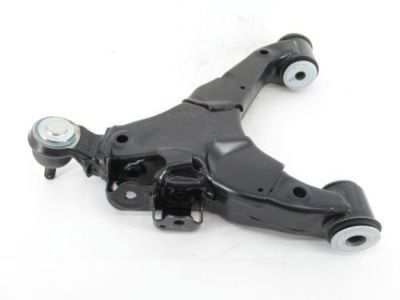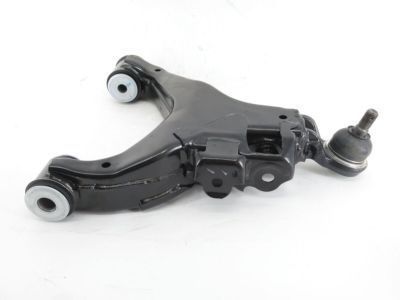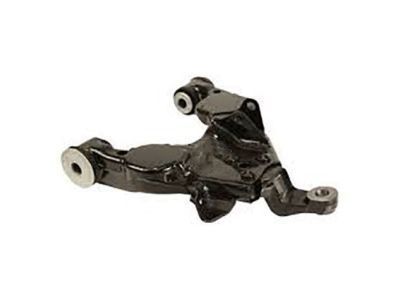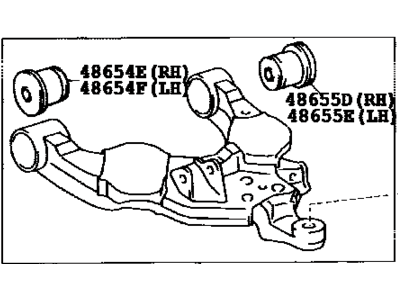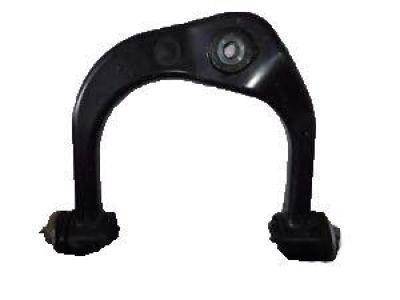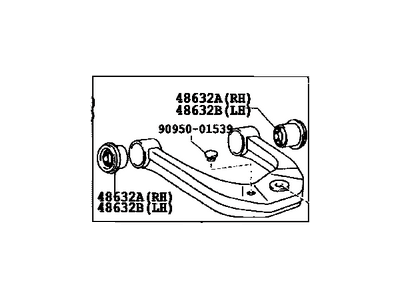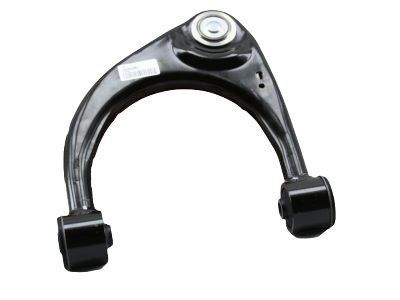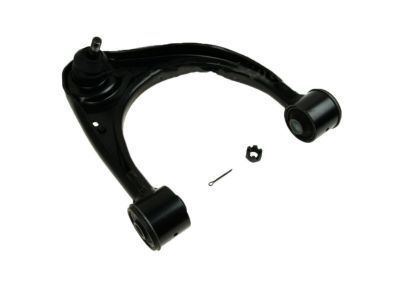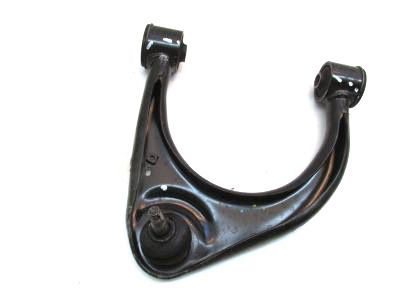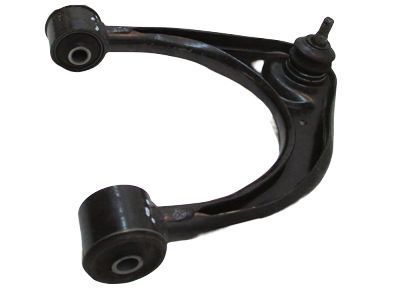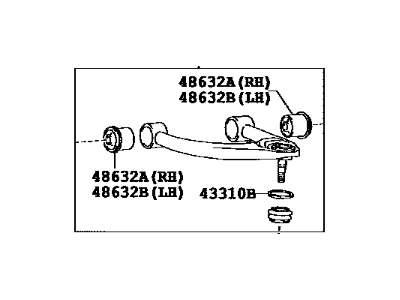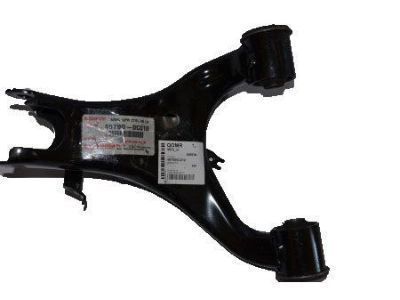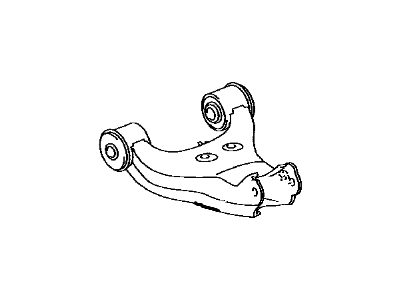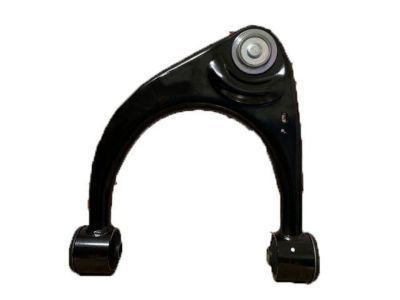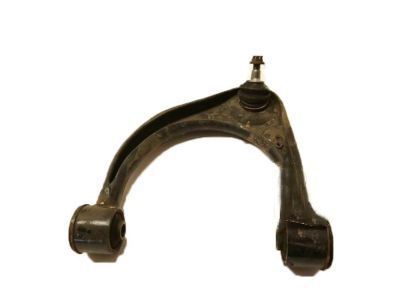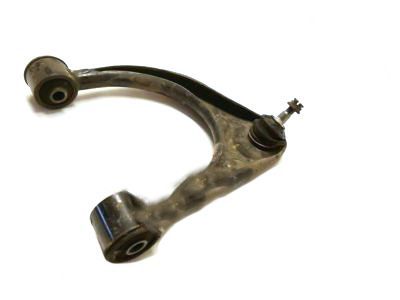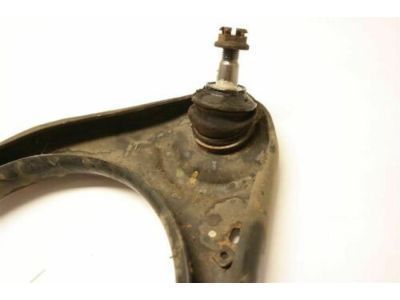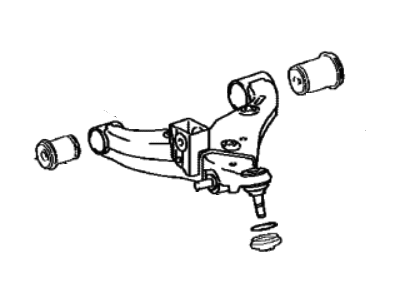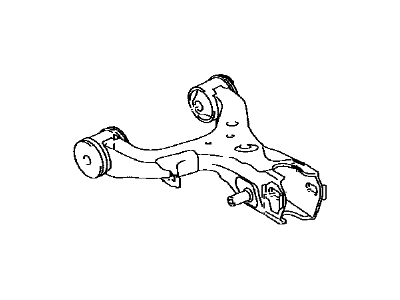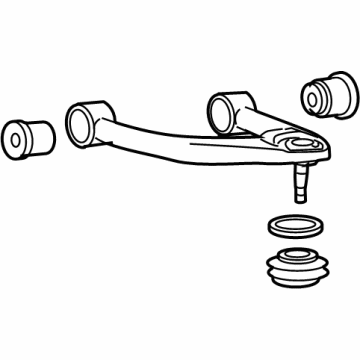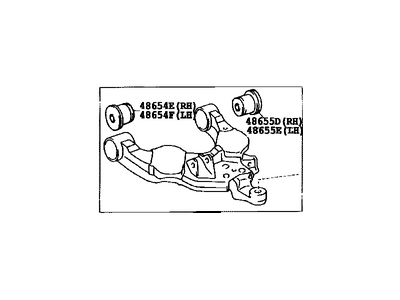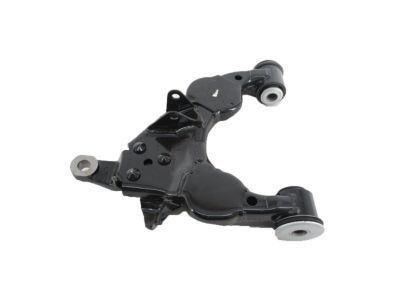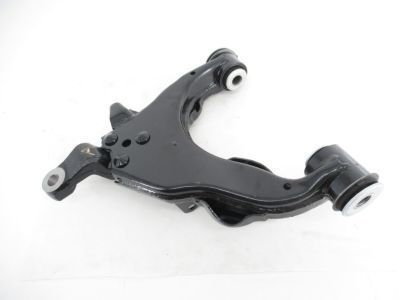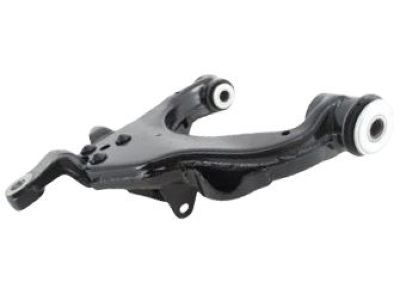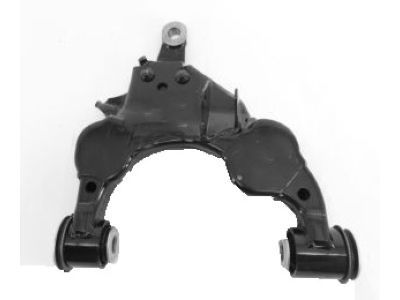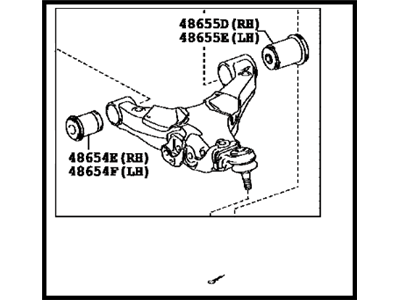

My Garage
My Account
Cart
Genuine Toyota Sequoia Control Arm
Suspension Arm- Select Vehicle by Model
- Select Vehicle by VIN
Select Vehicle by Model
orMake
Model
Year
Select Vehicle by VIN
For the most accurate results, select vehicle by your VIN (Vehicle Identification Number).
25 Control Arms found
Toyota Sequoia Front Suspension Control Arm Sub-Assembly Lower Right
Part Number: 48068-09100$273.42 MSRP: $392.07You Save: $118.65 (31%)Toyota Sequoia Front Suspension Control Arm Sub-Assembly Lower Right
Part Number: 48068-34020$231.56 MSRP: $332.04You Save: $100.48 (31%)Ships in 1-2 Business DaysToyota Sequoia Front Suspension Upper Control Arm Assembly Right
Part Number: 48610-34010$237.56 MSRP: $340.63You Save: $103.07 (31%)Ships in 1-2 Business DaysToyota Sequoia Front Suspension Upper Control Arm Assembly Left
Part Number: 48630-34010$217.84 MSRP: $312.36You Save: $94.52 (31%)Ships in 1-2 Business DaysToyota Sequoia Front Suspension Control Arm Assembly Upper Right
Part Number: 48610-0C011$293.70 MSRP: $421.15You Save: $127.45 (31%)Ships in 1-3 Business DaysToyota Sequoia Front Suspension Control Arm Assembly Upper Left
Part Number: 48630-0C011$293.70 MSRP: $421.15You Save: $127.45 (31%)Ships in 1-3 Business DaysToyota Sequoia Arm Assembly, Upper Control, Rear Left
Part Number: 48790-0C010$225.72 MSRP: $323.67You Save: $97.95 (31%)Ships in 1-3 Business DaysToyota Sequoia Front Suspension Upper Control Arm Assembly Right
Part Number: 48610-0C010$293.70 MSRP: $421.15You Save: $127.45 (31%)Ships in 1-3 Business DaysToyota Sequoia Front Suspension Upper Control Arm Assembly Left
Part Number: 48630-0C010$293.70 MSRP: $421.15You Save: $127.45 (31%)Ships in 1-3 Business DaysToyota Sequoia Arm Assembly Rear Suspension No.1 Right
Part Number: 48710-0C010$380.76 MSRP: $568.02You Save: $187.26 (33%)Ships in 1-3 Business DaysToyota Sequoia ARM SUB-ASSY, SUSPEN
Part Number: 48068-0C011$318.00 MSRP: $456.00You Save: $138.00 (31%)Ships in 1-3 Business DaysToyota Sequoia ARM SUB-ASSY, SUSPEN
Part Number: 48069-0C011$314.17 MSRP: $450.50You Save: $136.33 (31%)Ships in 1-3 Business DaysToyota Sequoia Arm Assembly Rear Suspension No.1 Left
Part Number: 48720-0C010$368.50 MSRP: $549.72You Save: $181.22 (33%)Ships in 1-3 Business DaysToyota Sequoia ARM ASSY, SUSPENSION
Part Number: 48610-0C030$345.44 MSRP: $495.33You Save: $149.89 (31%)Ships in 1-2 Business DaysToyota Sequoia ARM ASSY, SUSPENSION
Part Number: 48610-0C020$295.67 MSRP: $423.98You Save: $128.31 (31%)Ships in 1-3 Business DaysToyota Sequoia ARM ASSY, SUSPENSION
Part Number: 48630-0C030$345.44 MSRP: $495.33You Save: $149.89 (31%)Ships in 1-2 Business DaysToyota Sequoia Front Suspension Control Arm Sub-Assembly Lower Right
Part Number: 48068-34040$237.44 MSRP: $340.47You Save: $103.03 (31%)Toyota Sequoia Front Suspension Control Arm Sub-Assembly Lower Left
Part Number: 48069-34040$232.28 MSRP: $333.07You Save: $100.79 (31%)Toyota Sequoia Front Suspension Control Arm Sub-Assembly Lower Left
Part Number: 48069-09090$275.81 MSRP: $395.49You Save: $119.68 (31%)Toyota Sequoia Front Suspension Control Arm Sub-Assembly Lower Left
Part Number: 48069-34020$229.04 MSRP: $328.43You Save: $99.39 (31%)
| Page 1 of 2 |Next >
1-20 of 25 Results
Toyota Sequoia Control Arm
The Control Arm of Toyota Sequoia vehicles can be described as a connecting point between the frame of the car and the wheels; it supports other suspension complements such as shocks and springs. These arms rotate in relation to the road status and in this way provide motion to the wheels in the up-down direction. There is a different forms of control arms and the key component of every of them are bushing at the frame connection and ball joints at knuckle or axle connection. Sequoia models produced now may use stronger control arms made from cast iron or aluminum, giving better strength and lighter weight. All these components are crucial in ensuring that the alignment of the wheels, handling, and wearing of the tires is proper especially when handling the car in aggressive or rough terrains.
If you are in demand for superior quality and affordable OEM Toyota Sequoia Control Arm, then shop with us! We own a wide range of the reduced-priced genuine Toyota Sequoia Control Arm. You can purchase in confidence as all parts come with a manufacturer's warranty. Any issues with our products? No need to worry as we have a hassle-free return policy to guide you every step of the way.
Toyota Sequoia Control Arm Parts Questions & Experts Answers
- Q: How to remove and install front upper control arm on Toyota Sequoia?A:Loosen the wheel lug nuts, raise the front of the vehicle and support it securely on jackstands. Apply the parking brake. Remove the wheel. If equipped with ABS, disconnect the speed sensor wiring harness from the upper control arm and Steering Knuckle. Remove the inner fender apron seal. Remove the cotter pin, then loosen the upper balljoint nut a few turns. Using a two-jaw puller or a picklefork-type balljoint separator, separate the balljoint from the upper control arm. Caution: Don't allow the steering knuckle to fall outward, as the brake hose may be damaged. It's a good idea to wire the steering knuckle to the coil spring so this doesn't happen. Remove the nut, washer and pivot bolt and detach the upper control arm from the frame. Remove the arm. Inspect the bushings for wear and deterioration. If they're cracked or damaged, take the arm to an automotive machine shop and have new bushings installed. Installation is the reverse of removal. Tighten all suspension fasteners, and use a new cotter pin on the upper control arm balljoint nut. If necessary, tighten the balljoint nut a little more to align the hole in the ballstud with the slots in the nut - don't loosen the nut to achieve this alignment. Note: The pivot bolt/nut should be tightened with the vehicle at normal ride height. This can be done after the vehicle has been lowered to the ground (on vehicles with adequate clearance), or can be simulated by raising the lower control arm with a floor jack. Tighten the lug nuts. It's a good idea to have the wheel alignment checked and, if necessary, adjusted.
Related Toyota Sequoia Parts
Browse by Year
2025 Control Arm 2024 Control Arm 2023 Control Arm 2022 Control Arm 2021 Control Arm 2020 Control Arm 2019 Control Arm 2018 Control Arm 2017 Control Arm 2016 Control Arm 2015 Control Arm 2014 Control Arm 2013 Control Arm 2012 Control Arm 2011 Control Arm 2010 Control Arm 2009 Control Arm 2008 Control Arm 2007 Control Arm 2006 Control Arm 2005 Control Arm 2004 Control Arm 2003 Control Arm 2002 Control Arm 2001 Control Arm
